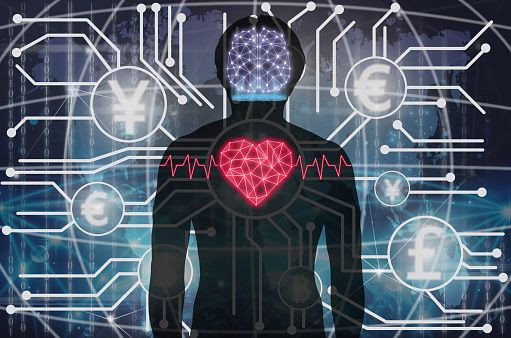US Health Care Companies Begin Exploring Blockchain Technologies

The sprawling United States health care industry has trouble managing patient information: Every doctor, medical office, hospital, pharmacy, therapist and insurance company needs different pieces of data to properly care for patients. These records are scattered all over on each business’s computers – and some no doubt in filing cabinets too. They’re not all kept up to date with current information, as a person’s prescriptions change or new X-rays are taken, and they’re not easily shared from one provider to another.
For instance, in Boston alone, medical offices use more than two dozen different systems for keeping electronic health records. None of them can directly communicate with any of the others, and all of them present opportunities for hackers to steal, delete or modify records either individually or en masse. In an emergency, doctors may not be able to get crucial medical information because it’s stored somewhere else. That can result in direct harm to patients.
There might be a way out, toward a health care system where patients have accurate and updated records that are secure against tampering or snooping, and with data that can be shared quickly and easily with any provider who needs it. In my work on health care innovation at the Center for Health Law Studies, at Saint Louis University School of Law, I have been following the rise of a technology that may help us address the weaknesses in today’s health care record-keeping: blockchain.
A secure system to store private information
Blockchain systems, best known in connection with cryptocurrencies like Bitcoin, are networks of databases stored in different places that use securely encrypted messages to connect with each other over the internet. Information can’t be deleted, but it can be updated – though only by authorized users, whose identities are recorded along with their actions.
That would keep years of patient data secure and make any human errors in data entry easy to track down and correct. Patients themselves could review and update information, and even add new information they collect or observe about their own conditions. Both hacking and fraud would be extremely difficult.
There are many blockchain systems, each with its own security methods and practices, but developers are working to help them connect with each other, working out how to make the process of collecting records much cheaper and faster than today.
Helping patients and practitioners
Blockchain can also help other areas of the health care industry. The Centers for Disease Control and Prevention are developing blockchain-based systems to share data on threatening pathogens, analyze outbreaks, and manage the response to public health crises. Some commentators have even suggested that a blockchain system might help track opioid use and abuse.
Clinical trials, too, may benefit from blockchain. Today, patchy data and inefficient communication among all players involved in clinical trials pose serious problems. The drug discovery and development processes could see similar benefits.
Pharmaceutical companies currently monitor drug shipments and delivery through an inefficient web of scattered databases. In 2017, Pfizer and other drugmakers announced their support for MediLedger, seeking to transfer those tasks to a blockchain – which Walmart is already doing to track its food shipments.
First steps in the US
In addition to the major pharmaceutical companies’ supply-tracking experiment, other major U.S. health-care companies are beginning to explore blockchain technology. In early 2018, five of the country’s largest health-care companies started using a blockchain system to collect data on health-care providers’ demographics.
What’s most striking about this collaboration – including a medical claim processor and a national medical testing lab – is that it includes major health insurers that directly compete against each other: Humana and the UnitedHealth Group. That signals a potential shift toward industry-wide approaches to handling health care data.
Europe takes the lead
Europe offers some examples and useful guides for U.S. efforts to use blockchains in health care.
In 2016, the European Union began funding a multinational collaboration with privacy companies and leading research universitiesto build a blockchain system that would aggregate and share biomedical information between health care organizations and individual patients all across the EU. Among other things, this would offer patients secure personal health data accounts online, accessible from computers and mobile devices.
Using a similarly collaborative approach, Sweden recently began rolling out an interoperable blockchain health data platform called CareChain. CareChain is being publicized as “infrastructure that is owned and controlled by no one and everyone.” Companies and individual people can use the system to store health information from disparate sources. The system also lets developers create apps and services that can access the information, to analyze users’ data and offer them tips, ideas and products to improve their health.
Offering an idea of what’s possible is Estonia, which since 2012 has been using blockchain technology to secure health care data and transactions, including putting 95 percent of health data in electronic form. All of the country’s health care billing is handled electronically, and 99 percent of its prescriptions are digital.
That’s a future the U.S. could look forward to, as it experiments on its own and learns from the experience of these existing projects.
Ana Santos Rutschman is Assistant Professor of Law at Saint Louis University.
This article originally appeared in The Conversation. Read the original article here.






















